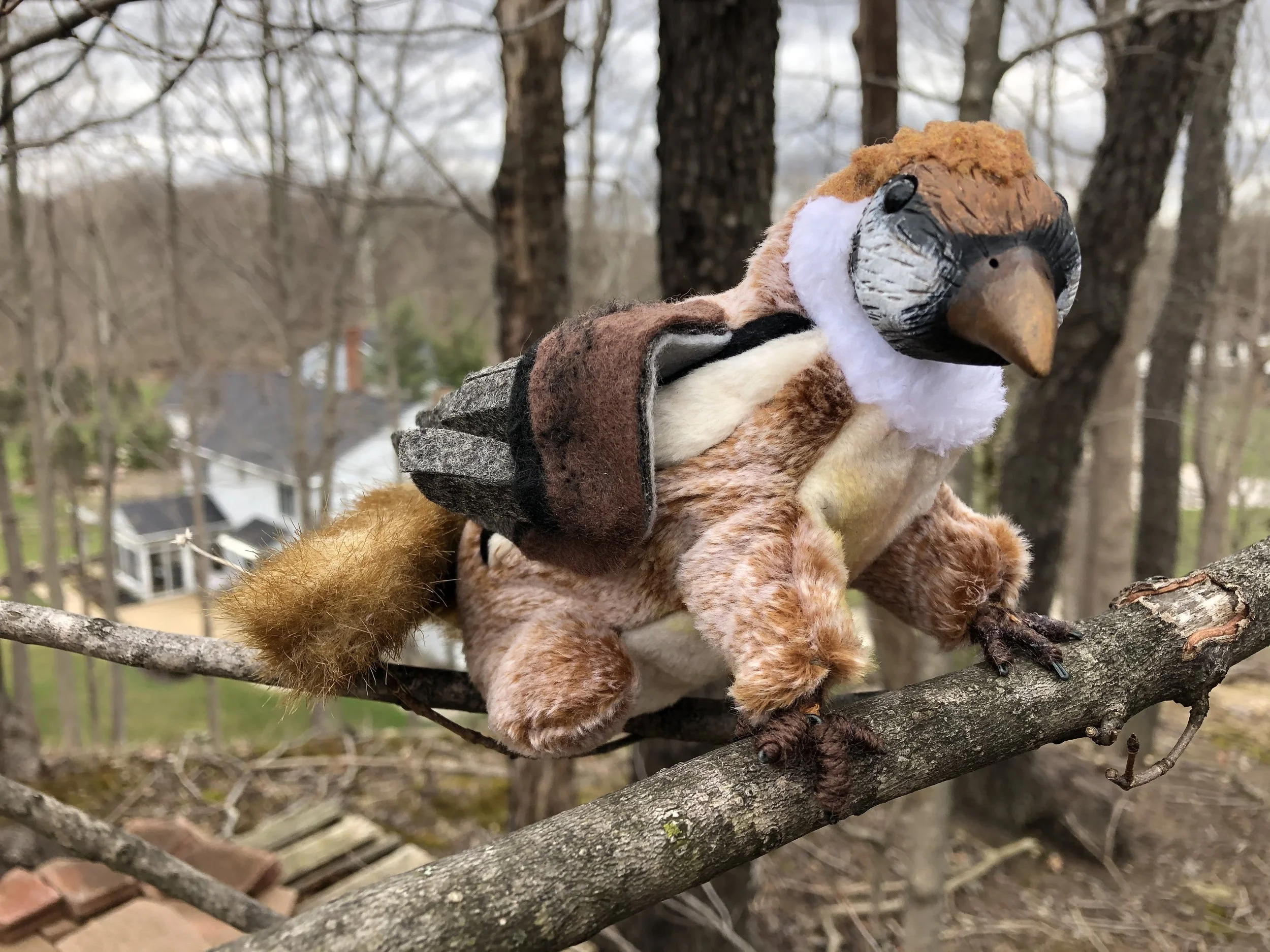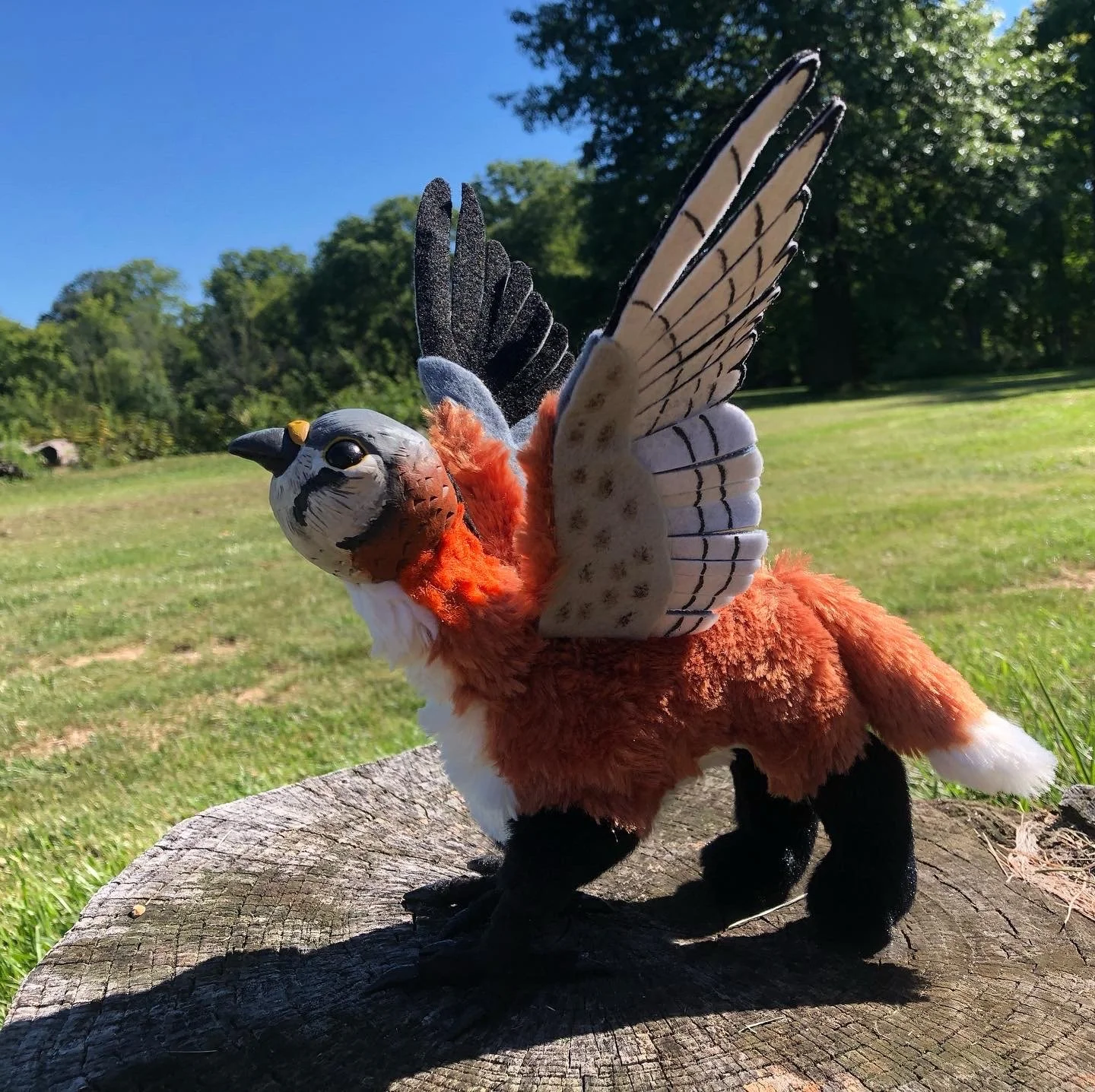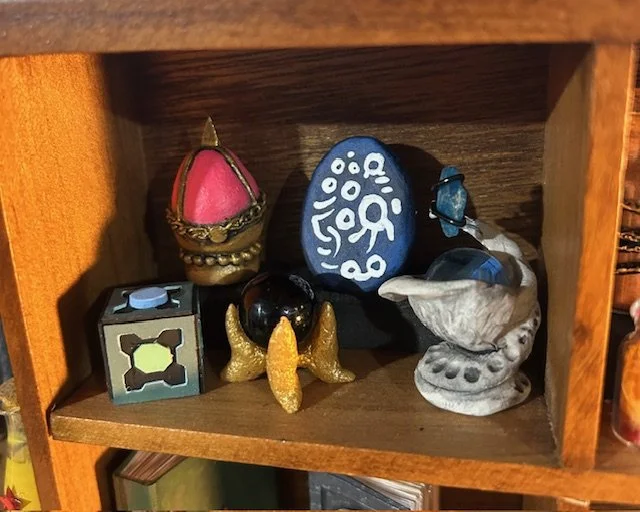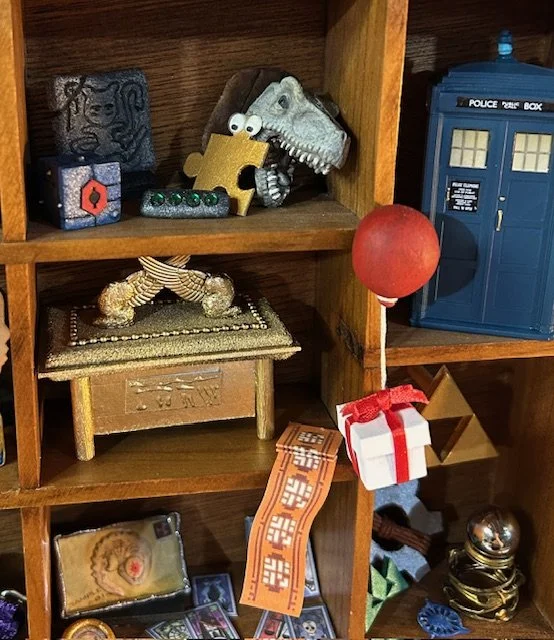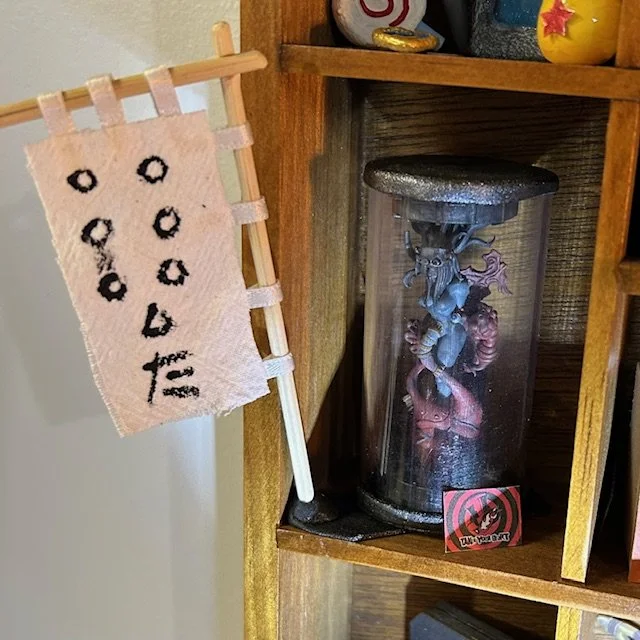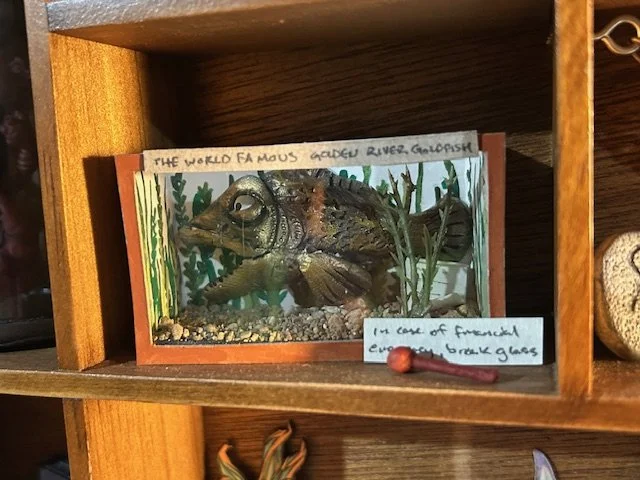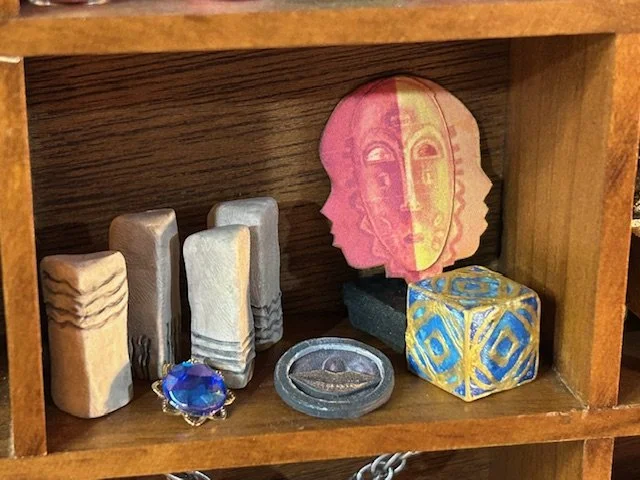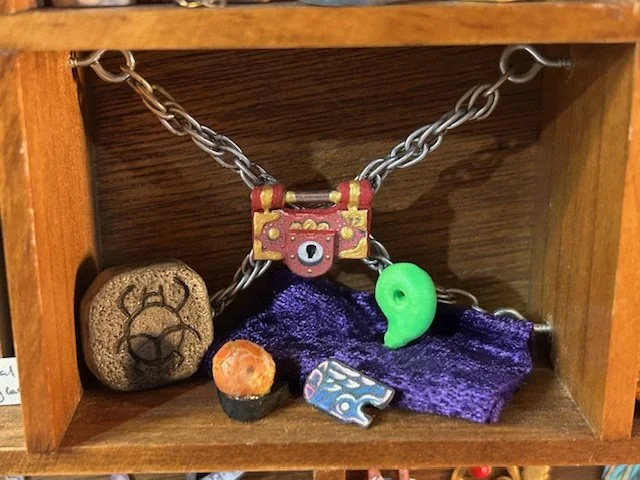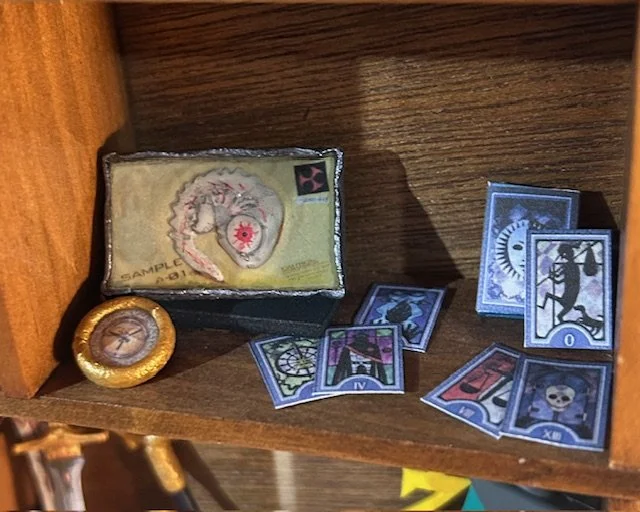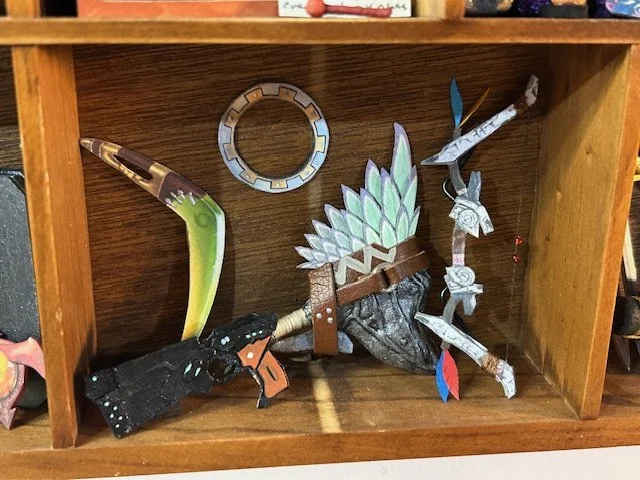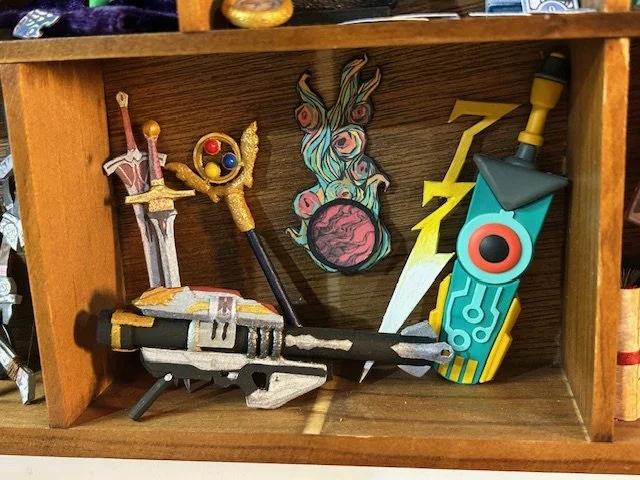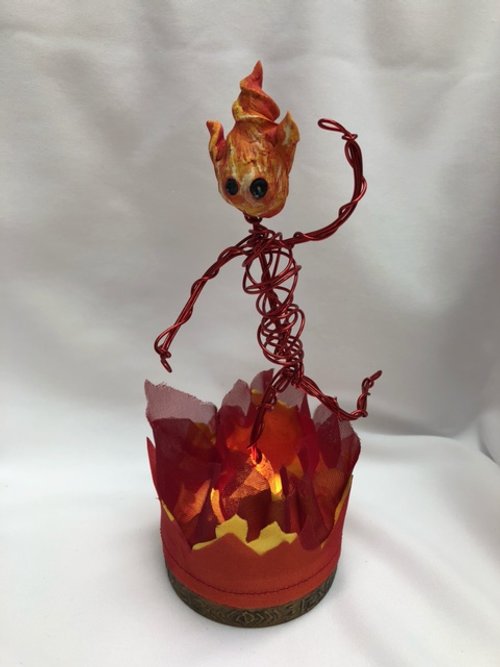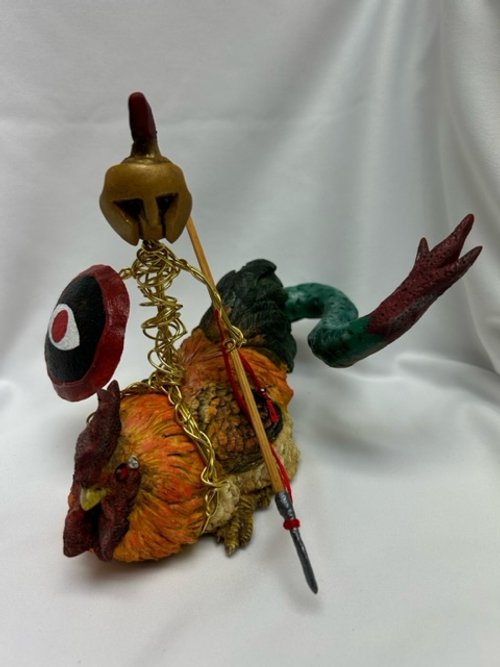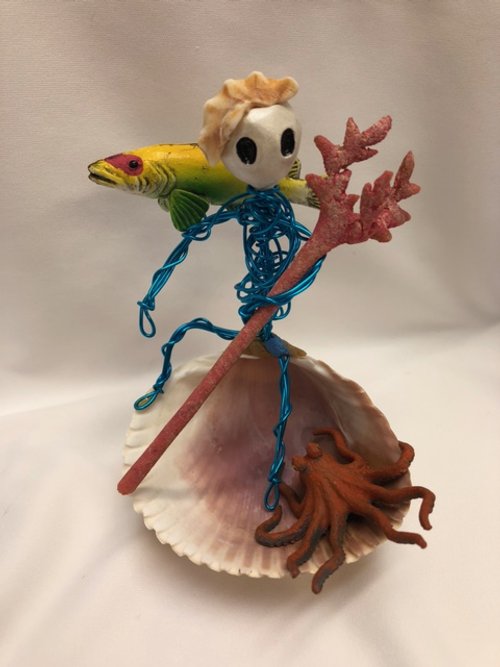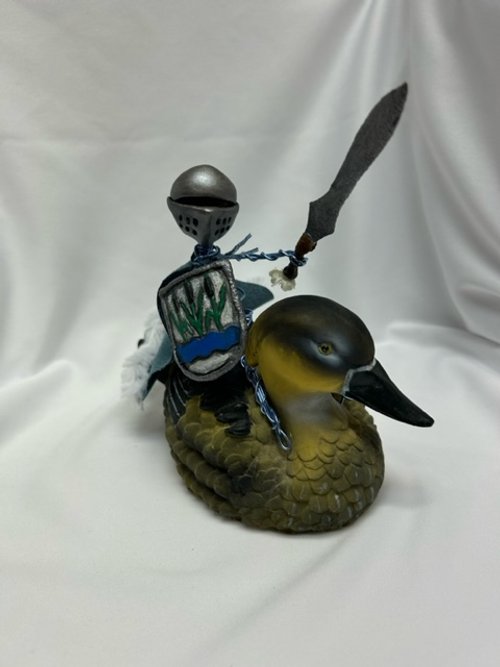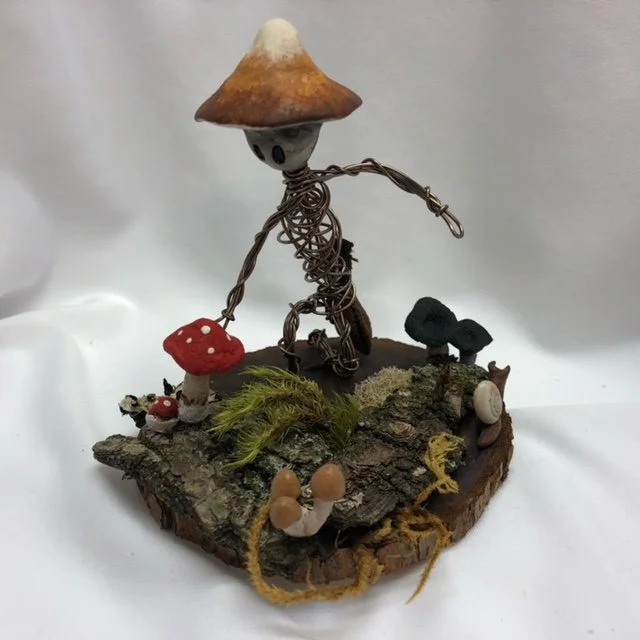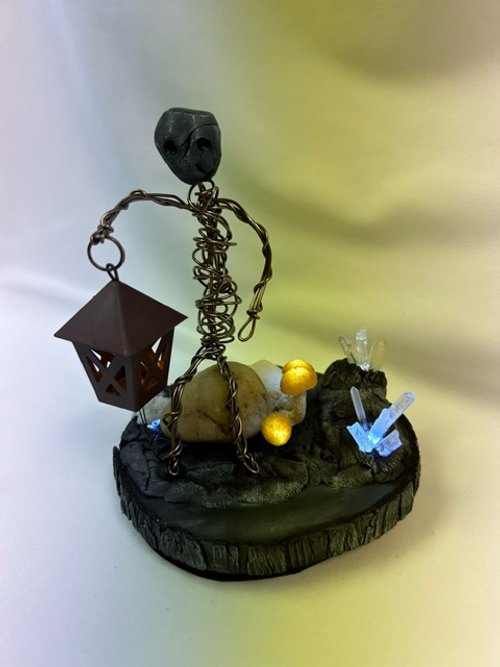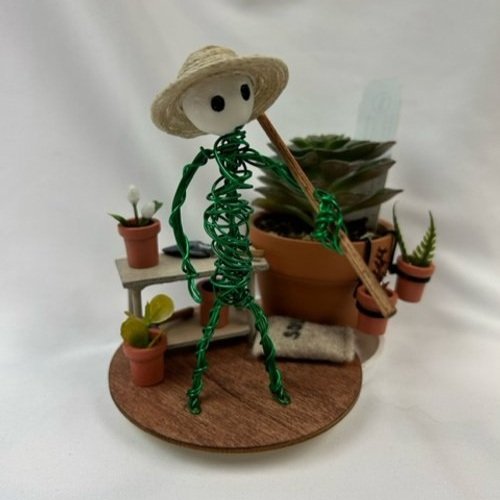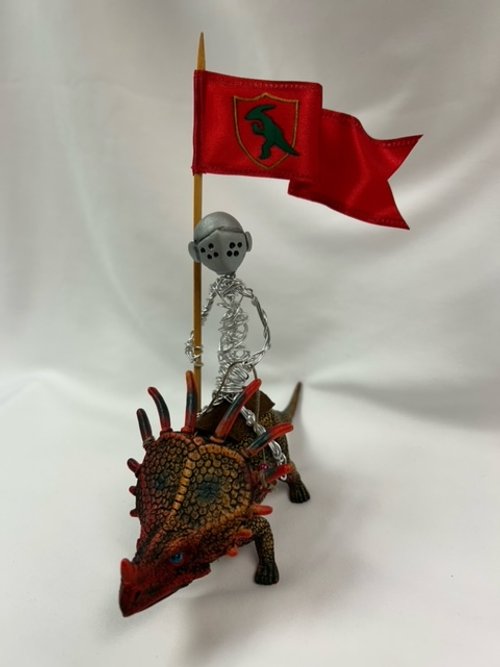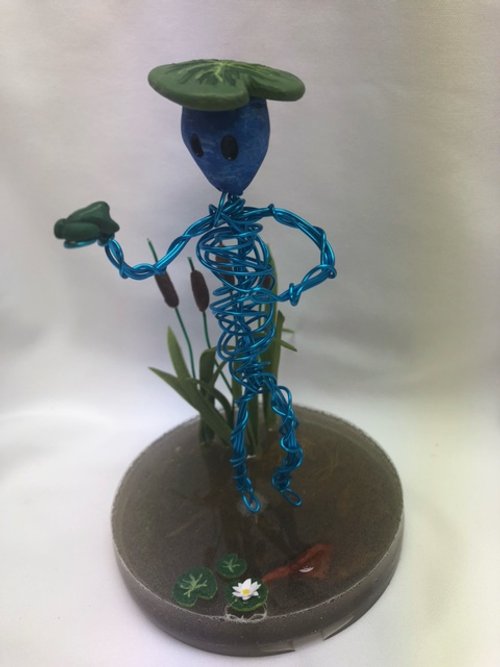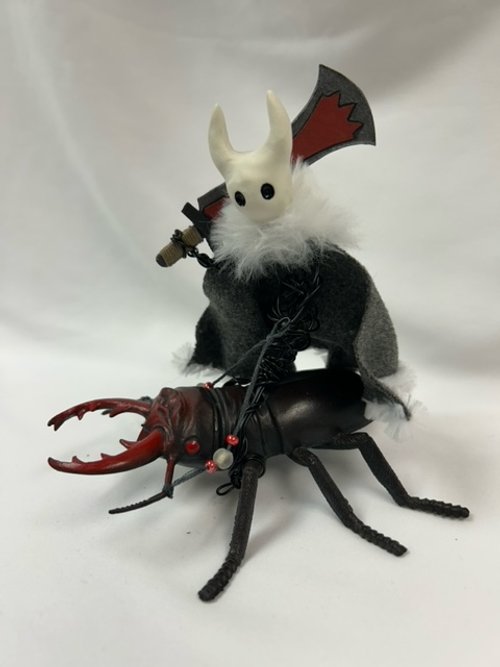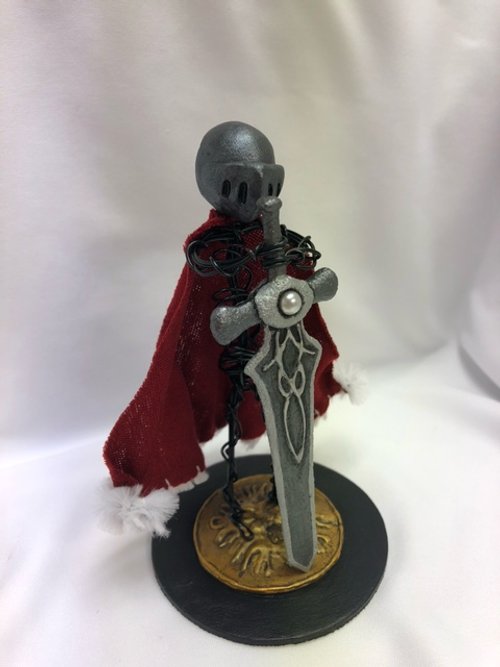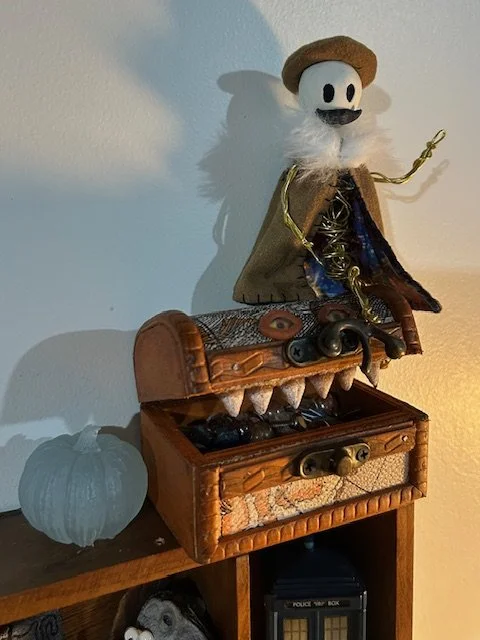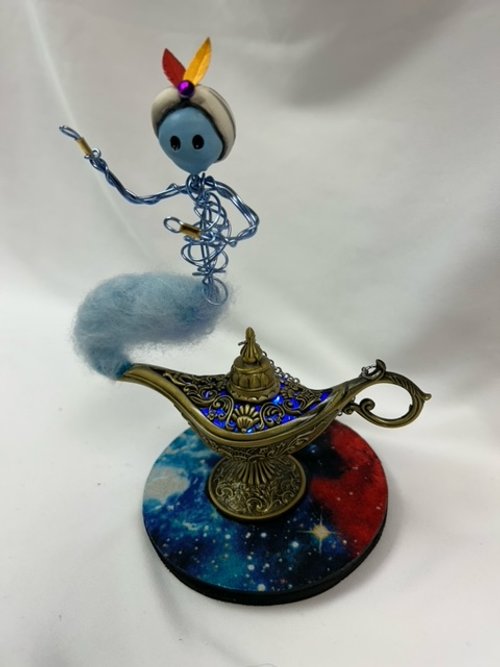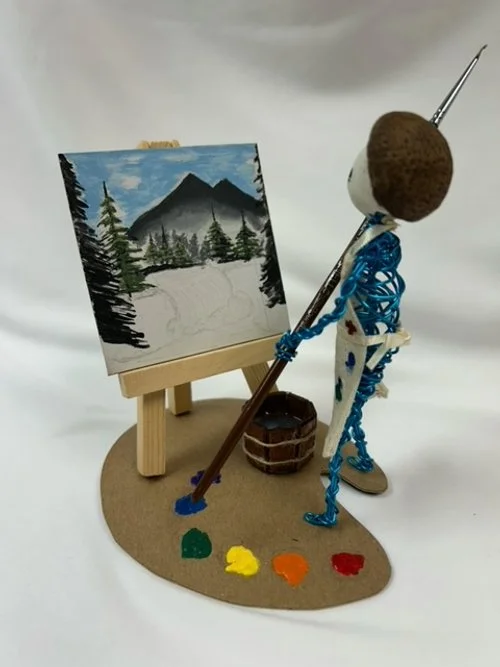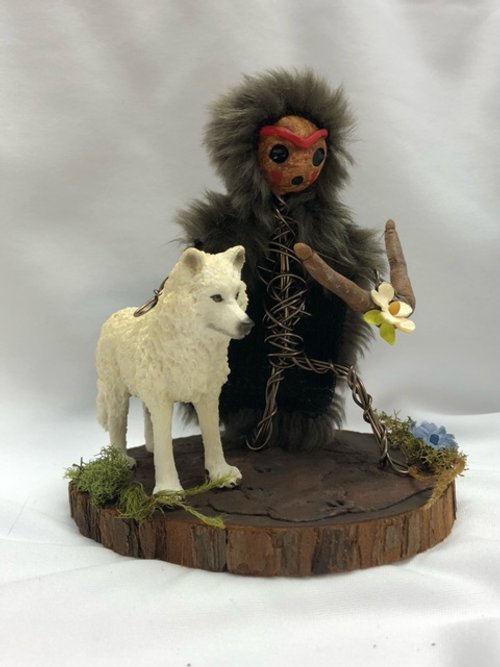Today’s topic, or really series of interrelated topics, are something that I am quite frankly underqualified to be discussing. So why am I including them in these notes? Well, because they do relate to the field of cryptozoology and are quite fascinating on the whole. And it will help those of you who are reading through my field notes, whether you are a mage or not, to understand a little more about the magical world (which presumably you have some interest in, or why would you be reading any of my writing in the first place?)
WHAT IS THE SOUL?
The nature of a creature’s soul is fairly complicated to explain in layman’s terms so I’m going to start with a more technical definition so as to put it as concisely as possible.
The soul is the etherial seat of the consciousness.
Ok you know what I started with the wrong topic, there’s another theory that needs to be discussed first for that sentence to make any kind of sense. [come to think of it, I’m probably going to have to jump between my three topics a fair bit since they’re all interrelated and understanding any of them is best served by understanding all of them to some extent]
PLANAR THEORY
The planes of existence are another fundamental theory required to understand the nature of the soul, magic, and the universe on the whole, thus we’ll start there. People call them by a variety of different names, “worlds,” “planes,” “realities,” "dimensions,” etc. but all refer to the same concept, that there are distinct universes existing alongside one another. Our multiverse contains more planes than I can possibly name, and more than we are, or likely ever will be, aware of in the history of our species; each plane has a distinct set of laws [by that I mean natural laws, not societal laws. For example: gravity, conservation of mass, thermodynamics, etc. Many planes share a lot of these laws, but honestly the material plane is rather mundane compared to some others we are familiar with, as many planes… you know what that’s not overly relevant to the current discussion, so allow me to attempt to steer myself back on course here]. The relevant planes today’s topic are two closely related ones: the material plane (the plane on which we live), and the ethereal plane, which exists adjacent our own and interacts with it in ways that may or may not be perceivable to us.
Note: When reading through my field guide entries, one of the first things included on each creature’s page is their planar origin. This refers to the plane that creature originated on. Eventually we may discuss planar travel and why we have creatures here that come from such a vast variety of planes on our own, but that is a topic for another day.
THE VEIL
The veil is another concept that is fairly important to understanding all of this. The veil is a barrier that exists between the material and ethereal planes. It is perhaps more precise to call it it a membrane because certain things can pass through it, which we will talk about later. [the phrase “lifting the veil,” or “drawing back the veil” is actually an ancient magus saying that meant to observe the secrets of magic, though nonmagical folk generally attribute it to the act of removing a cloth/shroud/curtain from something to reveal what is behind it, thus “exposing a secret,” but the original meaning was somewhat more literal]
SO… WHAT IS THE SOUL?
When I say that the soul is the ethereal seat of the consciousness, what I mean is that our consciousness does not exist purely on the material plane, it also exists on the ethereal plane. You can think of the soul as an organ that houses our consciousness and exists in between the material and ethereal planes (though it is generally thought to be rooted in the ethereal plane). Another potential way to think of it is a bridge between our material and ethereal selves, though the soul can also be said to be our ethereal self, but this is somewhat misleading as the soul is usually existing between the planes.
If you’re still not entirely clear on things (which this is a complicated topic so that would be entirely understandable), take a look at this crudely-drawn diagram and see if the visual helps make things any clearer.


